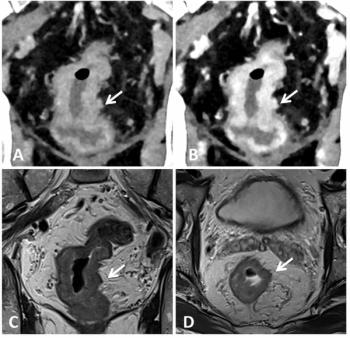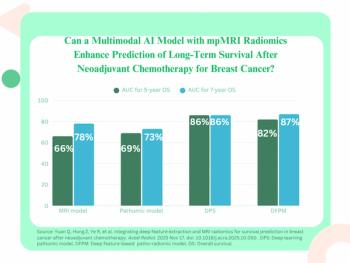
Plaque imaging with MR catheter enters U.S. trials
Three U.S. sites in January began recruiting patients to test the safety and efficacy of an intravascular MRI catheter that preclinically differentiates the lipid-rich core of vulnerable plaque from other components.
Three U.S. sites in January began recruiting patients to test the safety and efficacy of an intravascular MRI catheter that preclinically differentiates the lipid-rich core of vulnerable plaque from other components. If proven effective, the technique could dramatically change treatment options for patients with coronary artery disease, according to principal investigator Dr. Ron Waksman, associate chief of cardiology at Washington Hospital Center in Washington, DC.
The objective of TOP-IMAGE II, which intends to enroll 100 subjects, is to assess the safety and functional performance of the device in patients whose plaques are not associated with high-grade stenosis.
Waksman, who spoke at the 2007 International Symposium on Endovascular Therapy, said intravascular ultrasound cannot visualize vulnerable plaques' fibrous cap and is only 37% sensitive for detecting plaque rupture. TopSpin Medical of Israel makes the IntraVascular MRI catheter.
Newsletter
Stay at the forefront of radiology with the Diagnostic Imaging newsletter, delivering the latest news, clinical insights, and imaging advancements for today’s radiologists.




























